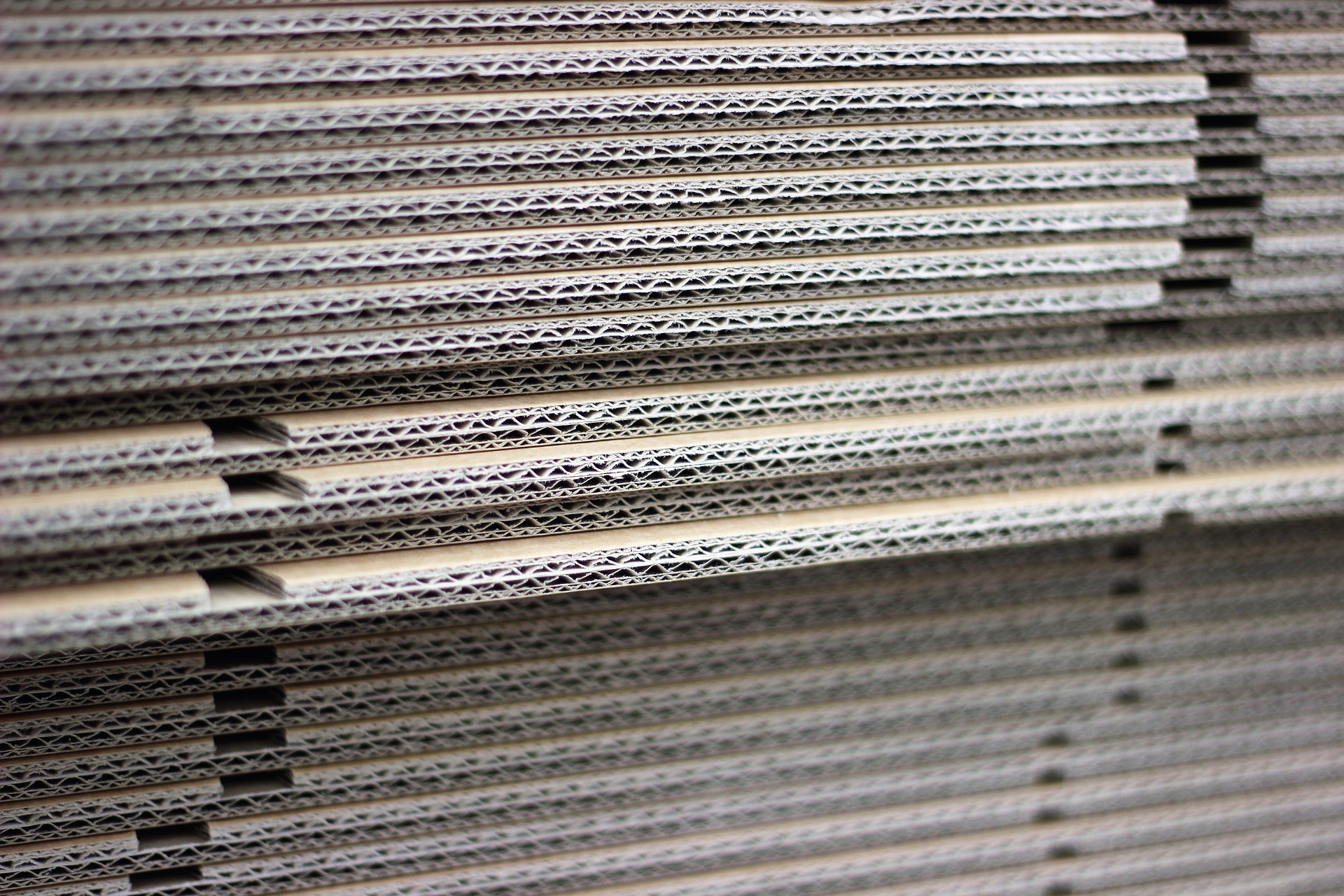Within the secondary packaging automation and consumer packaged goods industries, few events, if any, rival the significance or stature of the annual PACK EXPO International. Being such an important event within our industry, INSITE and its associated corporate partners have always attended and maintained a vested interest in all things PACK EXPO. But this year we’re taking our involvement a step further. For the first time, we’re thrilled to announce that INSITE will have its own booth at the 2018 PACK EXPO!
You can find us in the Upper North Hall at booth N-5129. We’re approaching this year’s PACK EXPO as a coming out party of sorts. While we have been working on the business for a few years, we’re taking this opportunity to fully display our products, technologies, and business to all in attendance. Read on to learn more about the 2018 PACK EXPO and what insights you can expect to gather from INSITE at the event.
A Brief Profile of the 2018 PACK EXPO International
The PACK EXPO has been considered the premier networking, thought leadership, and showcase event within the greater consumer packaged goods industry since its inception. This year’s event will draw in 2,500+ exhibitors. If you’re looking for an opportunity to see the latest packaging equipment and technologies up close, then this is the event for you.
From new industrial packaging machines yet to hit the market to packaging automation tools, attendees will find a wide berth of packaging solutions both profiled and demonstrated at the event. And alongside these new technological advancements, those in attendance will have the opportunity to interact with the C-level executives, engineers, plant managers, research and development personnel, brand and marketing managers, quality controllers, specifiers, purchasers, and packaging designers from the top consumer packaged goods companies and retailers within our industry. INSITE’s very own Director of Business Development, Andy Quist, will be present at this year’s event along with a host of accompanying INSITE team members.
New Additions to the 2018 PACK EXPO International
Each year, the PACK EXPO International grows. As the industry evolves and consumer demand shifts, the EXPO always adapts to show off the latest advancements in the consumer packaged goods industry so that those in attendance can work to refine their internal processes and meet market demands.
This year, one of the highlights of the EXPO will be an all-new attraction: the inaugural Technology Excellence Awards. This will be the first time that the weekend-long event includes an award show, and audiences are vying for a chance to see this all-new attraction hit the showroom floor. At the beginning of the month, The Association for Packaging and Processing Technologies (PMMI) unveiled the finalists for this year’s competition. The completed list of finalists spans across seven categories and is comprised of 22 nominees. The categories being:
- Baking and Snack
- Beverage and Dairy
- General Packaging
- Meat/Poultry/Seafood
- Personal Care/Cosmetics
- Pharmaceuticals/Medical Devices
- Prepared Foods
Earlier in the year, Laura Thompson, senior director of expositions, PMMI, was quoted stating “PMMI believes these awards are another way to drive the industry to keep innovating and meet the ever-growing needs of consumer packaged goods companies. We are amazed at the response and quality of submissions that we received for this exciting new program.”
While the finalists were selected by a highly qualified batch of individuals, such as Stephanie Neil, Editor-In-Chief, OEM Magazine and Jane Chase, Executive Director, Institute of Packaging Professionals, the winners for each category will be chosen by the attendees of this year’s convention. Voting will open at 9 am on October 14th and will run through noon on Tuesday the 16th with all PACK EXPO and Healthcare EXPO attendees urged to cast their vote after walking the convention floor.
The Healthcare EXPO is another new addition to the 2018 PACK EXPO. While the Healthcare Packaging EXPO has been running for a few years, this will be the first year that the two events will be held jointly, making up an exhibition weekend that will be comprised of over 50,000 attendees in over 1.2 million net square feet of exhibit space. To say that this will be the largest U.S. PACK EXPO International would be an understatement.
Find INSITE at the 2018 PACK EXPO International
As mentioned above, this will be the first time that INSITE will have its own exhibit at the PACK EXPO! While we’ve attended the event many times, we’re excited to see what the view is like from the other side of the table. Visitors can expect to see our E20T up and running for live demonstrations in our booth. This advanced, yet simple machine, is one of our most popular models. It combines our simplified SCARA opening and transfer sequence with an elegant active squaring feature to process up to 20 perfectly square cases per minute. We look forward to reconnecting with old acquaintances and forging new connections at this year’s event.














